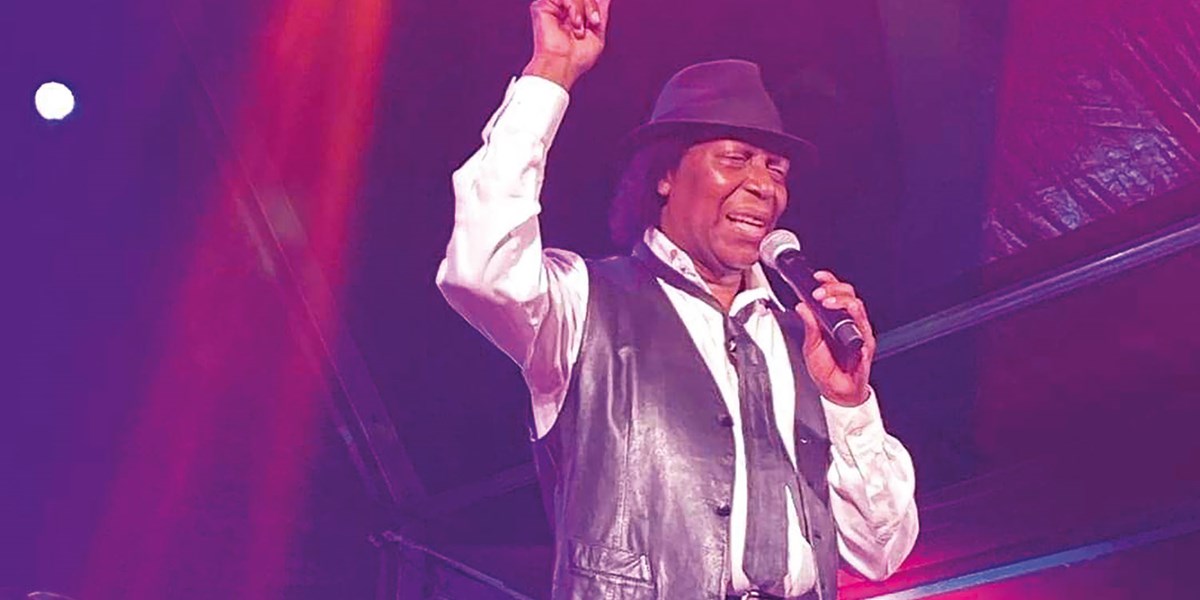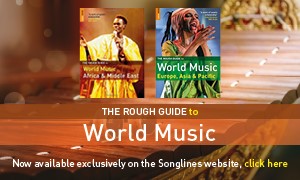Thursday, May 15, 2025
A Conversation with Pedro Ben: “The idea was to put Mozambican music on the map, to show that it existed”
By Richard Gray
Fifty years on from Mozambique’s independence, one of the country’s leading singers tells the story of a legendary album. Richard Gray finds out about making music in a free Mozambique…

Pedro Ben in Liverpool, 2015

Register now to continue reading

Thanks for visiting the Songlines website, your guide to an extraordinary world of music and culture. Sign up for a free account now to enjoy:
- Free access to 2 subscriber-only articles and album reviews every month
- Unlimited access to our news and awards pages
- Our regular email newsletters

